‘My friend was a secret CIA agent – and I think she was the second JFK shooter’
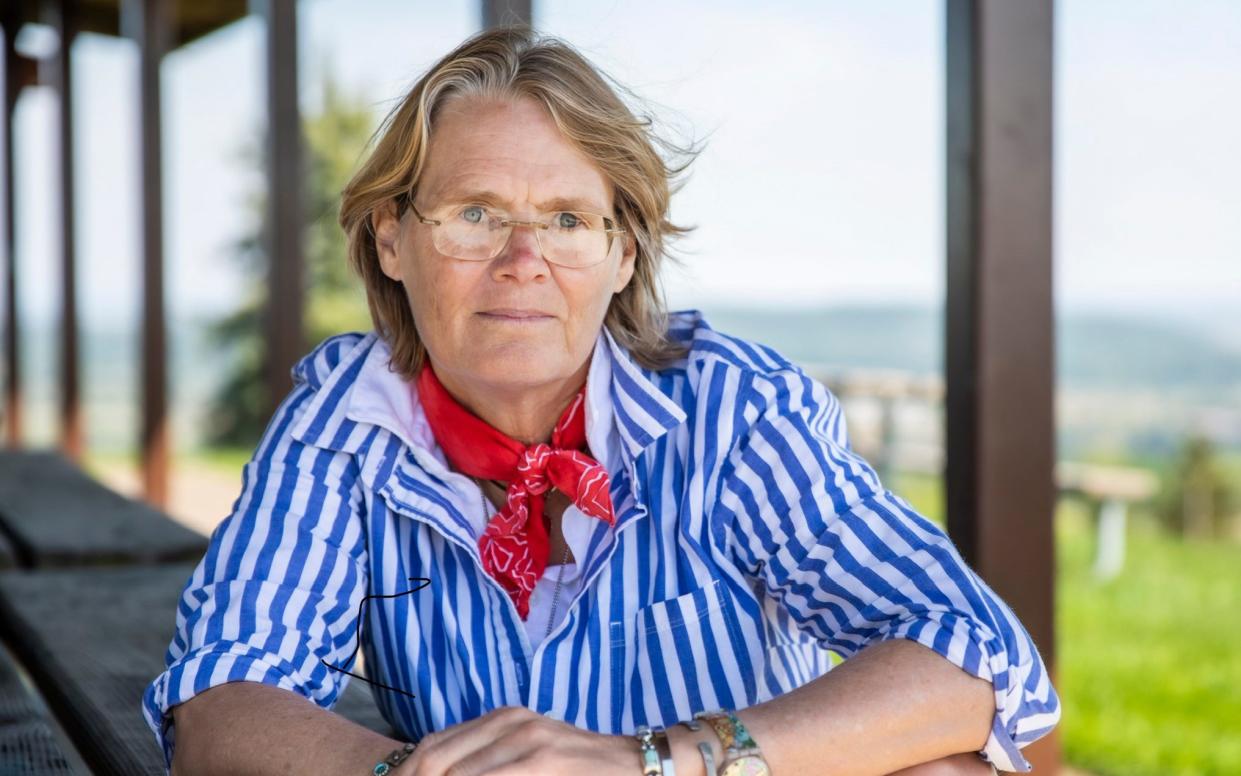
- Oops!Something went wrong.Please try again later.
- Oops!Something went wrong.Please try again later.
Mary Haverstick never intended to investigate the assassination of John F Kennedy. Her plan, after a chance encounter in an art gallery, was to make a documentary about 13 women who tried, and failed, to be accepted onto Nasa’s astronaut training programme in 1960.
Filmmaking is what Haverstick does, and the focus of her film was to be Jerrie Cobb, a pilot and Nobel Prize nominee who passed the physical tests for the Mercury missions into space, only to be told that the Moon was very much a man’s world.
It would have made for fascinating viewing, but the more time she spent with Cobb the more she began to suspect that something about her story didn’t add up.
Cobb unquestionably did lead the campaign for the ‘Mercury 13’ to be accepted onto the space programme, she did rack up a series of firsts for women in aviation, and she did earn a Nobel Peace Prize nomination in 1981 for humanitarian work with indigenous tribes in the Amazon.
Look her up on Wikipedia and you will find a lengthy entry about her extraordinary life as a pioneer, adventurer and champion of women’s rights.
Yet Haverstick’s work on the film attracted the attention of a Department of Defense official, who befriended her in slightly suspicious circumstances on a camping holiday and later warned her that documents given to her by Cobb for her research were classified.
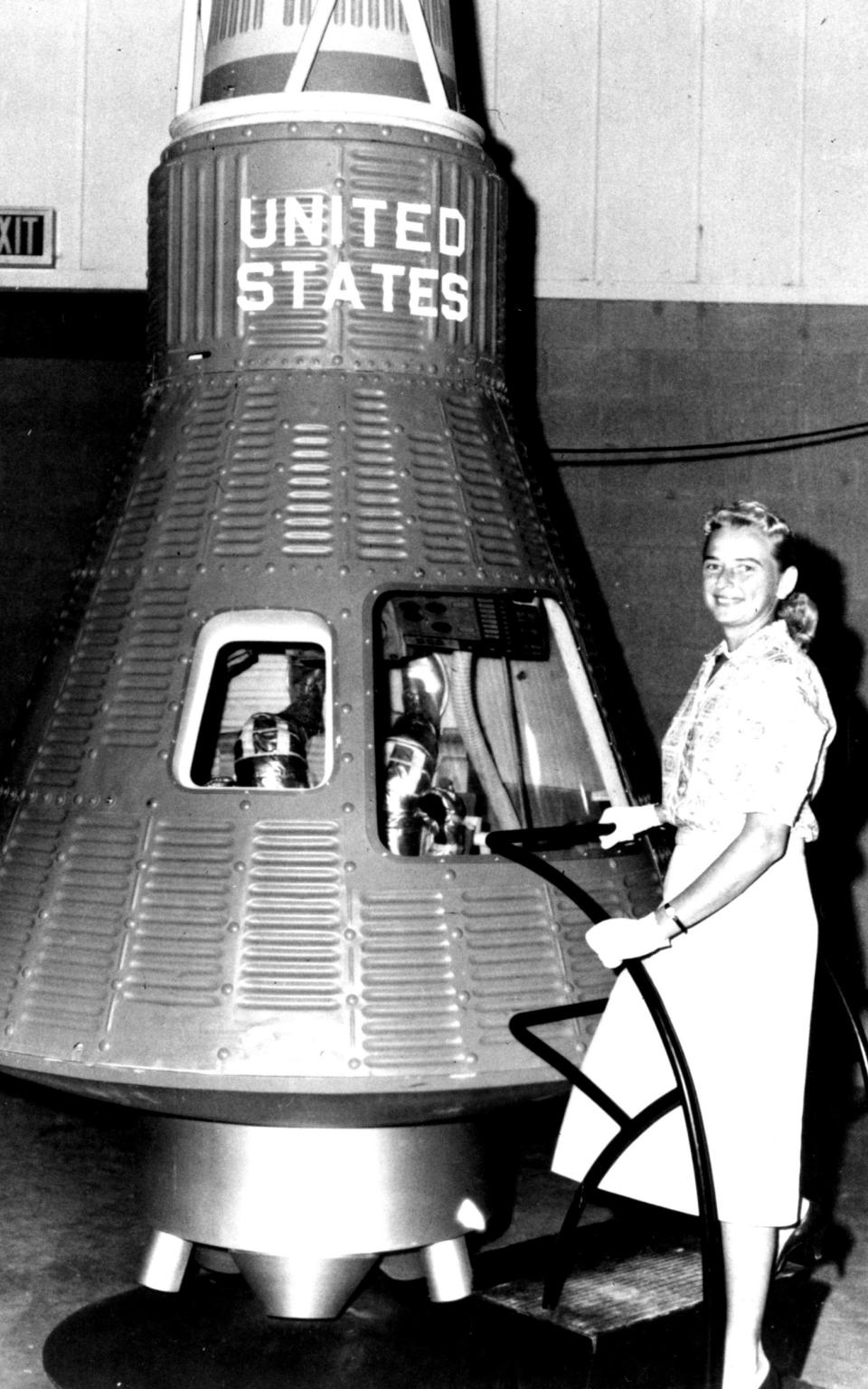
“From that warning it just nagged in my head, ‘wow, that is just too weird’,” says Haverstick. The result was a decade-long quest to get to the truth about Cobb, which unexpectedly dragged her into the turbid world of JFK’s murder via Cobb’s apparent undercover work for the CIA.
Instead of a film, Haverstick ended up writing a book, A Woman I Know: Female Spies, Double Identities and a New Story of the Kennedy Assassination. It reveals Cobb to be an infinitely more remarkable and complex character than the daredevil pilot she allowed the world to see, and takes the reader on a journey that leads to Dallas on November 22, 1963.
“A number of people fell down the JFK assassination rabbit hole never to return,” she writes, “and I wasn’t in a hurry to become one of them.”
Like so many before her though, she found herself in the irresistible tractor beam of the Kennedy assassination, and the unanswered questions about what happened on that sunny day in Dealey Plaza that still affect attitudes to government to this day.
What Haverstick found out was that Cobb flew a light aircraft in and out of a private airport in Dallas on the day of the assassination, in such peculiar circumstances that she became convinced she played a role in the murder, possibly as an intended getaway pilot for assassin Lee Harvey Oswald.
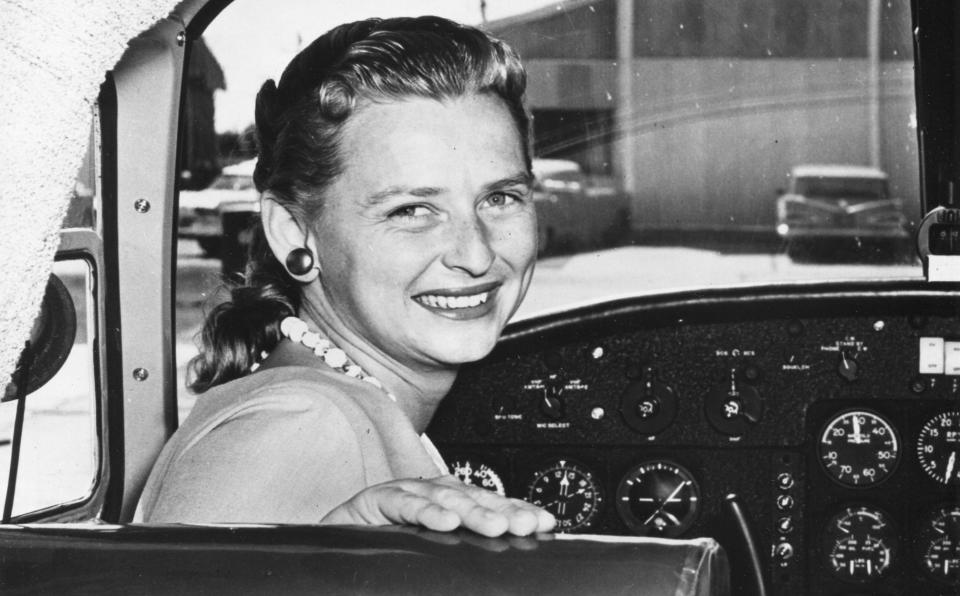
If that were not startling enough, she also came to suspect that Cobb was a mysterious character known to Kennedy investigators as the Babushka Lady, who was the closest person filming the president at the moment he was shot, but who vanished after the assassination, along with her all-important footage. Finding the Babushka Lady (so called because of her triangular ‘babushka’ headscarf) and her close-quarters film of the fatal moment has been something of a holy grail for JFK investigators for the past 60 years.
Regardless of whether there really was a deep state conspiracy to remove Kennedy, Haverstick’s book plunges the reader into a fascinating world of spying in the chill depths of Cold War America, where the cast of characters includes Khrushchev, Castro, the Mafia, the CIA and the odd Nazi rocket scientist.
Speaking to The Telegraph from her home in Lancaster, Pennsylvania, Haverstick says that before she met Cobb in 2008 “I hadn’t given a ton of thought” to the Kennedy assassination and the conspiracy theories around it.
“Almost everybody has seen the Oliver Stone movie JFK,” she says, “and when I saw that movie [released in 1991] I came away thinking there’s probably a lot more to the story. I probably would have leaned – a lean, not a certainty – that there could be more to it. What that would look like I had no idea.”
Now she certainly does have an idea. After the visit from the mysterious Department of Defense official, “I just started to Google,” she says, and she quickly came across another woman, June Cobb, who appears in declassified CIA files as an agent who worked as Fidel Castro’s secretary in Communist revolutionary Cuba in the late 1950s.
June Cobb’s name also appears repeatedly in files relating to the Kennedy murder, not least because she alerted the CIA to the suspicious behaviour of Lee Harvey Oswald in Mexico City weeks before Kennedy’s assassination. Intriguingly, at least one 20-page file on June Cobb is among the 3,000-4,000 documents relating to the assassination that Joe Biden is still refusing to release.
Haverstick discovered what she describes as an astonishing list of similarities between June Cobb and Jerrie Cobb, and became so convinced that they were either the same person or that they had been swapping identities that she had to confront Jerrie with what she had found.
“Her answers were bizarre, off the rails,” she says. “She seemed first of all thrilled that I had found June Cobb. I expected her to walk out in a huff that I was looking into this or I had come up with a wild theory.
“But she was happy; she technically denied being June, then proceeded to tell me lots of things about June that no one would know unless they worked closely with June or were June.
“She said that June had impersonated her for a while. I think Jerrie was the one doing the impersonating.” Jerrie also told her in later conversations that she knew Castro, as well as Kennedy.
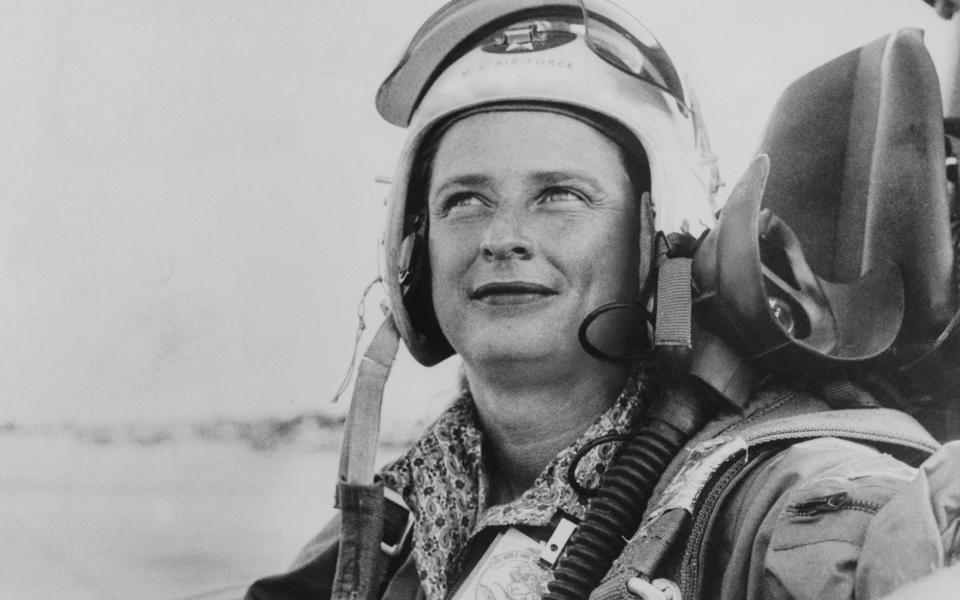
Given June’s presence in the Kennedy archives, Haverstick decided to look for any evidence of Jerrie in the documents, and discovered a reference to a small twin-engined plane, of the kind that Jerrie flew at the time, that witnesses reported standing for hours with its engines running at Redbird private airport in Dallas that day.
“I took a giant guess,” says Haverstick, 63, “and I said to her that I thought June Cobb flew to Redbird. Jerrie broke into almost tears, was extremely emotional and then she told me it had been her.”
Jerrie’s explanation for what she was doing there stretched credibility to the limit: she said she had been hired by Life magazine to fly a reporting team to Dallas to cover the presidential visit, but that when they heard he had been assassinated they abandoned the assignment and left.
The suggestion that a team of reporters and photographers would sit in an aeroplane waiting to leave, instead of running to cover the biggest story of the decade, made Haverstick “100 per cent certain” that Jerrie was lying.
She decided to look at photographs to see if she could spot Jerrie in Dallas, and came across the “anomaly” of the Babushka Lady.
“I was worried enough that the Babushka Lady could be Jerrie that I confronted Jerrie,” she says. “It took me a while to be able to work up to the conversation with Jerrie and her answers to that conversation were not particularly reassuring to me.”
One theory around the Babushka Lady is that she was holding a gun concealed in her camera, and took a shot at Kennedy. Haverstick is convinced there was a second shooter and says the Babushka Lady was ideally placed to be that person, just 33ft away from him with the legendary grassy knoll as the perfect ballistic backstop if she missed.
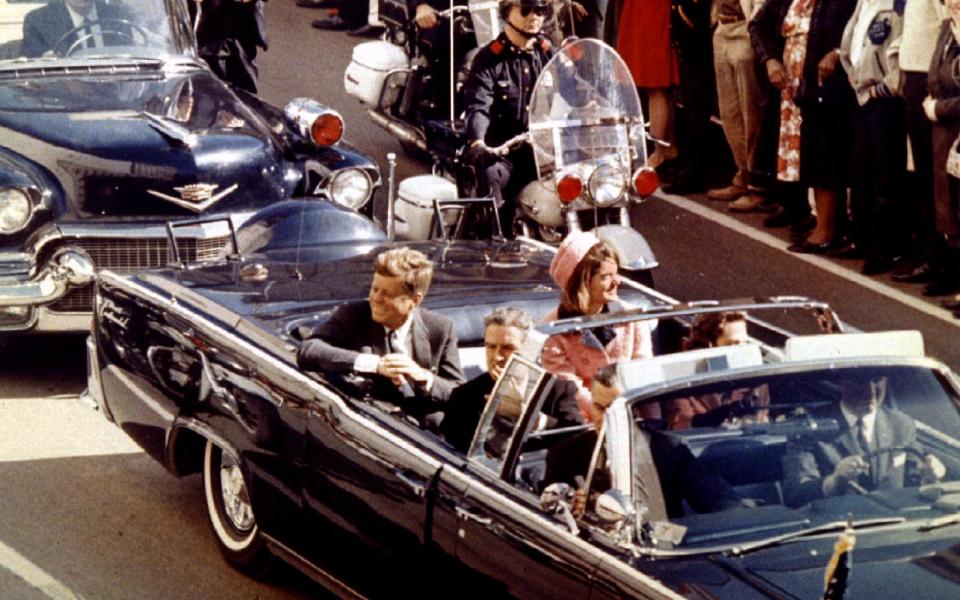
She says that while she cannot be certain who the Babushka Lady is: “I am certain that the Babushka [Lady] is an under-researched character, that she was completely overlooked. If that happened today there would be a manhunt for her and you would expect to see the footage.”
One woman did come forward years later to say she was the Babushka Lady, and that two men claiming to work for the government took her camera away, but her claim was largely dismissed because the camera she said she was using was not invented at the time.
Haverstick’s initial theory was that Jerrie Cobb was at Redbird to fly Lee Harvey Oswald (or possibly someone else) out of Dallas after the assassination. Some of the many hundreds of other books written about JFK have suggested that Oswald was working for the CIA (who supposedly wanted Kennedy dead for a host of reasons) and that the plan had been to fly him to Cuba to falsely implicate Castro, or even that he was working for Castro all along.
But Haverstick became convinced Jerrie was in even deeper than that. “I felt she had some culpability in the assassination because of the role she described to me and because of what she was hiding about her double identities,” she says.
Her book even builds a convincing case for Jerrie being a CIA agent with the cryptonym QJWIN, whose role was to recruit killers for an assassination squad that originally targeted Congolese prime minister Patrice Lumumba.
She is anxious to point out, though, that hers is not a “case closed” type of book, saying: “Books that claim to have those answers are probably not as credible as books that present the evidence and let people decide.”
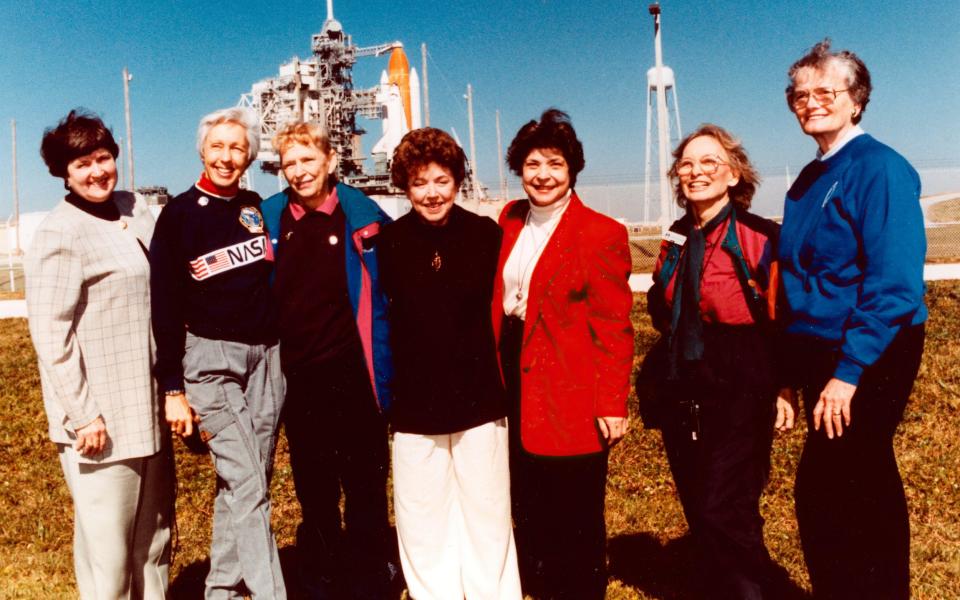
Why are we still obsessing about Kennedy’s murder as the 60th anniversary approaches?
“I think people should be more obsessed with it than they are,” Haverstick says, adding that she believes there is a “straight line” between the Kennedy assassination and the distrust people have in politics today.
“In this country we’ve just seen January 6 [the Capitol attack]... you think coups and overthrows on our own soil are impossible, but we saw turmoil in our country that showed us otherwise and it’s worrying.
“Did we not properly investigate [a coup] in the past and that’s coming back to haunt us because we don’t understand them very well?
“I think there’s no question that the authorities swept things under the rug very quickly to move on, to have transfer of power, and get America back on track, and the investigative rug-sweeping, whether you think there was a conspiracy or they just did a bad job... if they did it once you look for it to happen again and I think that planted a poisonous seed in a lot of ways.”
Despite having written what is likely to be a much talked-about book, Haverstick is surprisingly downbeat about its publication.
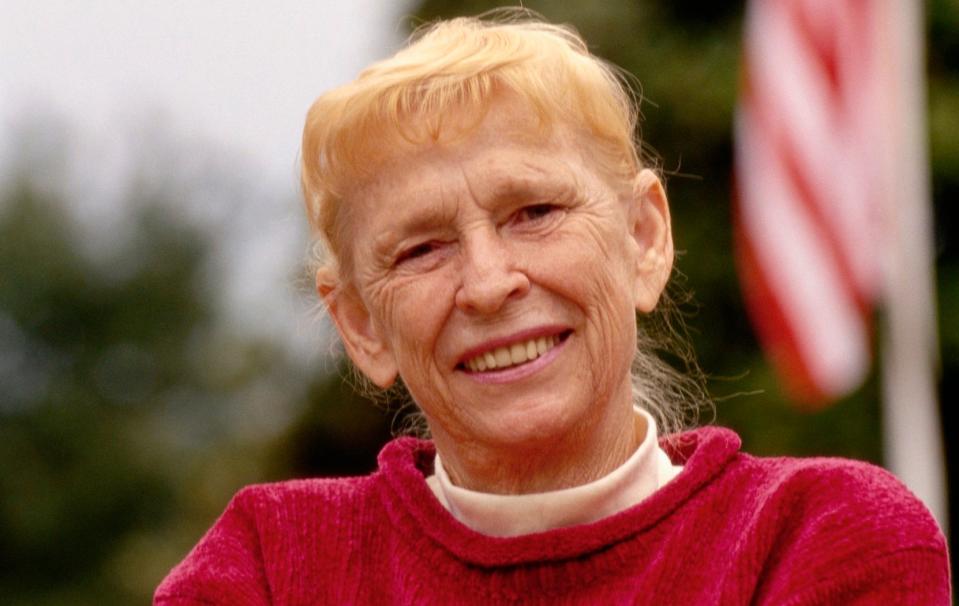
“This has not been an easy process,” she says. “It was a reluctant process for me. It’s not an easy story to tell or one that I enjoy telling, frankly. It’s a tough story to talk about America and a woman I know and show what I found out about her and publicly say it.
“I wish I would take more joy in this moment, I do take a sense of relief and satisfaction that I’m at the end, but it wasn’t something I relished. I just felt an obligation to tell a difficult story.”
In the 10 years she knew Jerrie, Haverstick spent a huge amount of time with her, going on holiday with her and Jerrie’s female companion almost every year for up to five weeks at a time and coming to regard her as a friend.
Yet despite calling her book A Woman I Know, Haverstick admits: “I think she was to some extent unknowable at her core. I did feel an emotional disconnect, I didn’t observe her having empathy, so that was troubling to me.
“I felt that she presented a facade, some of which was true. She was a pioneering woman, that was true, she was a very capable woman, but there is an enigma that is almost impossible to pin down.”
Before Jerrie died in 2019 at the age of 88, she took Haverstick on a road trip to see a solar eclipse, which both women instinctively knew was likely to be their last meeting, as Jerrie’s health was failing.
There was no deathbed confession, no tell-all letter, no smoking gun document left for the chronicler of her life.
“I did hope there might be a document or something but I had got to know her ground rules pretty well,” Haverstick says. “I had come to realise that she would never tell an overt story of what she did. I came away thinking she’s as enigmatic and more so as the day I met her.”
A Woman I Know: Female Spies, Double Identities, and a New Story of the Kennedy Assassination is published by Scribe (£25). To order your copy call 0844 871 1514 or visit books.telegraph.co.uk

